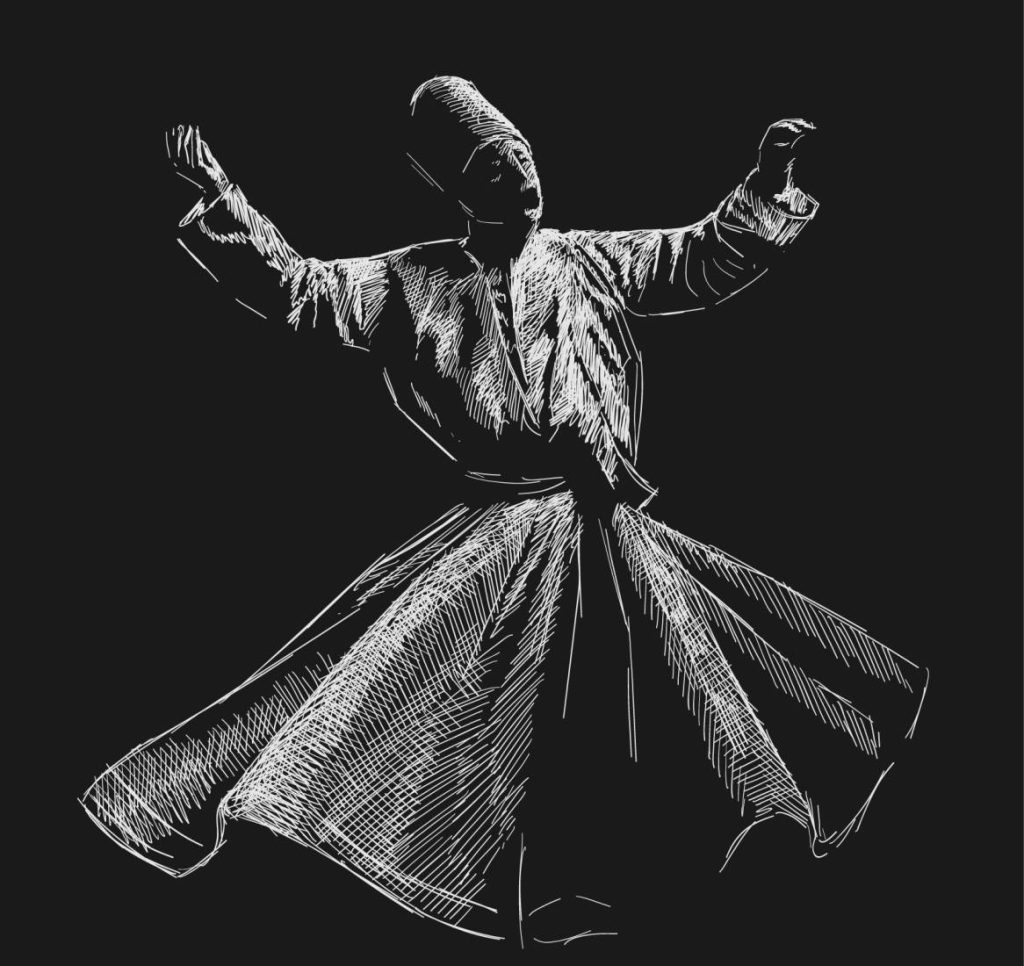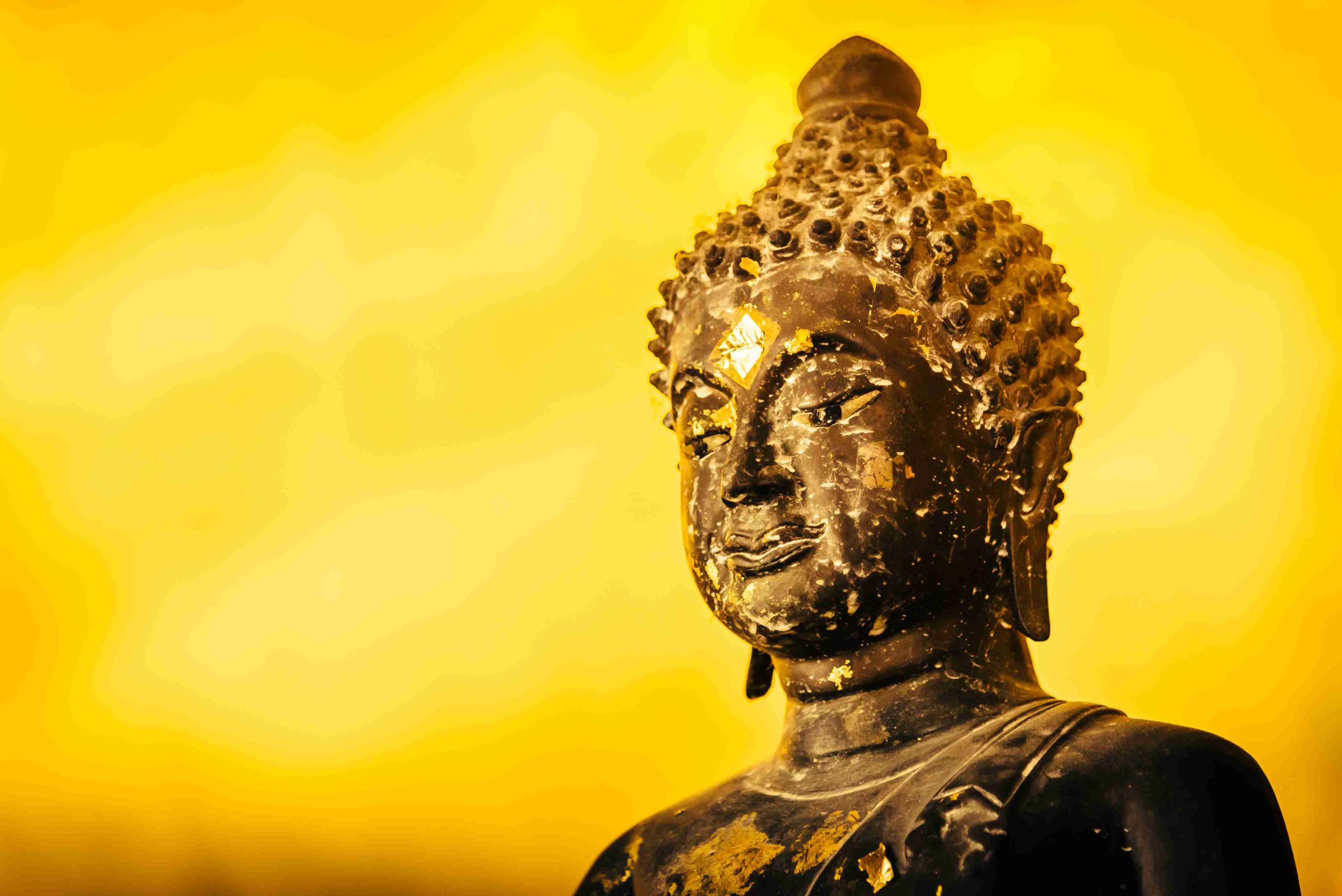It has long been a mystical force shaping the culture and arts-for some time-orchestrating Islamic Sufism, by defining various Sufi saints’ counsels to penetrate all aspects of life by oracular compositions of literature, music, and visual arts, including architecture. This aspect of Sufism has touched their hearts: a compellingly spiritual philosophy very much based in love, tolerance, and coexistence.
The principle of divine love and the yearning for spiritual union with God is the hallmark of Sufi philosophy. Sufi poets, through their works, have left an indelible mark on the regional literary traditions: Rumi, Bulleh Shah, and Amir Khusro. Their verses often emphatically delve into the themes of love, longing, and the ultimate search for truth; transcend religion to appeal to an international audience. Khusro, besides enriching Persian literature as his poetic works comprise, also laid the foundations of many South Asian forms of music by their blending with elements Persian, Arabic, and Indian. The legacy of the lyrical arts inspires the poets and musicians of today.
When it comes to Sufi expression, music forms the vital linchpin, bearing some of the most potent spiritual experiences to South Asia. The genre of Qawwali, for instance, decorated with rhythms and devotional themes, is spiritedly potent in invoking almost immediate divine presence in performers as well as audiences. Artists such as Nusrat Fateh Ali Khan and Abida Parveen have quickly risen to international acclaim through their passionate performances in this genre. For their part, their performances are an offering of the sacred teachings of Sufism to mortals from all walks of life, furthering the theology of love and inclusiveness that undergirds this mystical tradition.
In South Asia, the sight of Sufism has long standing foothold in the visual arts. These include, for instance, intricate calligraphies, usually embellished with deep Sufi writings, which flourish in this region because artisans strive to combine aesthetic beauty with spirituality. There is a Sufi dargah and shrine at every step in the architectural heritage of South Asia, each serving its role as a spiritual as well as a community center. Dargahs soar above stalwart structures such as the very famous Nizamuddin Dargah of Delhi and that of Ajmer Sharif, whose developing pattern replicates a composite model manifesting the assimilation of Indian and Islamic architectural styles, symbolizing the treasure trove of cultural intermingling.
Apart from this, Sufi sects have been active in the promotion of harmony in society. The preference of Sufi saints’ message has been very significantly in the direction of unity of different religious communities. This fact can most significantly be visualized in joining rituals and celebrations performed as a part of the Sufi tradition, wherein people from diverse religions congregate to celebrate love and respect for all humankind. The ambience composed by the Sufi orders has been an anchor for sustaining dialogue within a secure environment and understanding each other, thereby helping to promote co-existence in a land profoundly stratified by sectarian lines.
These centuries-old influences of Sufism manifest today in very many forms-from the rules of patronage through the resurgent interest in relatively conventional art forms to the revival of festivals wherein one’s Sufi heritage serves as the theme of celebrations. While countries face rising problems of intolerance and separation, Sufism, in its foundation message, has lastingly been a blessing for the world-an eternal message of love, acceptance, and appeal for the divine, further enriched by the vibrant and vivid artistic and cultural expressions of South Asia.
Not just enriching the socio-cultural fabric of a region, the alliance of Sufism with the arts serves to remind the possibility of sharing, and hence sustenance for future generations to embrace values of compassion and creativity inherent in this mystical tradition.







